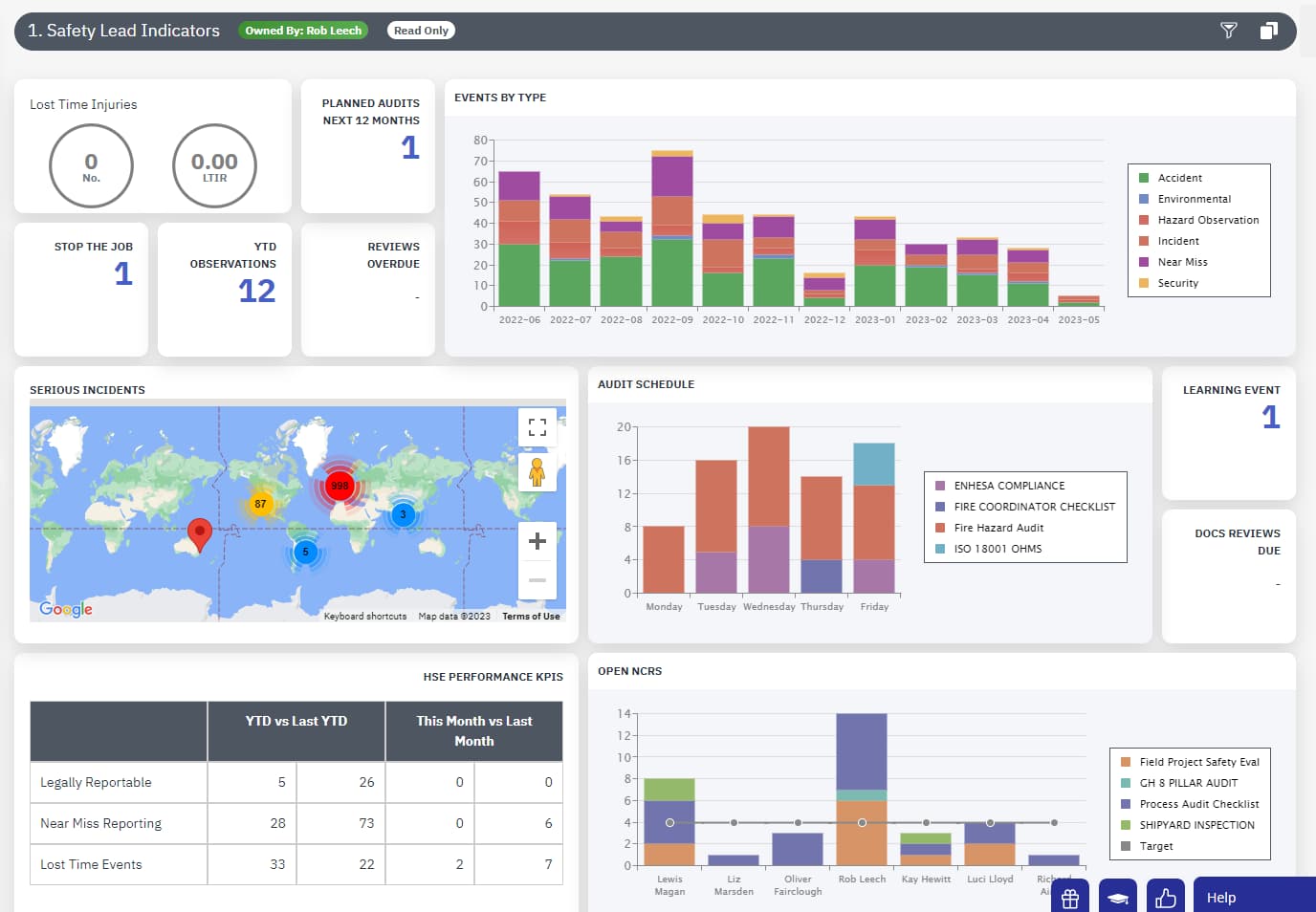
Risk Assessment Method Statement (RAMS)
What is a Risk Assessment Method Statement (RAMS)?
When it comes to ensuring the safety and well-being of employees in the workplace, particularly those in high-risk industries, a comprehensive understanding of all the necessary precautions and procedures is undeniably crucial.
One such essential element in the realm of health and safety management is the Risk Assessment Method Statement (RAMS).
In a nutshell, a Risk Assessment Method Statement (RAMS) is a comprehensive document that details the procedures and precautions that should be taken to minimize risks in specific tasks and activities.
The document outlines the potential hazards associated with a particular job, along with the steps that must be followed to mitigate those risks.
As one would expect, RAMS is of fundamental importance in high-risk industries, such as construction, engineering, and manufacturing.
It is designed to identify potential hazards, evaluate the risks associated with them, and outline control measures and safe working procedures to minimize these risks.
RAMS ultimately offers a detailed, step-by-step approach to assessing and managing potential risks, ensuring compliance with health, safety, and environmental regulations.
The Importance of a Risk Assessment Method Statement
A properly prepared and executed RAMS document contributes significantly to workplace safety, reducing the likelihood of accidents and injuries to workers.
As a fundamental aspect of a company’s health and safety management system, RAMS can help prevent potential financial penalties or legal consequences associated with violations of health and safety regulations.
Furthermore, having a systematic approach to risk management can enhance overall operational efficiency and reduce downtime resulting from incidents or accidents.
Steps to Create an Effective RAMS
To create an effective RAMS, the following steps should be followed:
Identify Hazards
The first step is to identify all potential hazards associated with the task or project. This may include physical hazards, chemical hazards, or any factor that may pose a risk to workers, the public, or the environment.
Evaluate the Risks
Once hazards have been identified, they must be analyzed for the potential risks involved. This involves assessing the likelihood and severity of an incident, as well as the potential impact on health and safety.
Implement Control Measures
After evaluating the risks, the next step is to determine and implement control measures to mitigate them. This may include using appropriate personal protective equipment (PPE), implementing safe work procedures, or modifying the work environment to reduce the risk.
Develop Method Statement
A method statement is a step-by-step guide outlining how the task or project should be carried out safely. It should include clear instructions on how to perform each step, providing a practical checklist for workers to follow.
Monitor and Review
Finally, it’s essential to continuously monitor and periodically review the RAMS to ensure that it remains relevant, effective, and up to date.
How to Write a Strong RAMS
To create an effective RAMS, the first step is to gather information about all aspects of the task or project being assessed.
Consult various stakeholders, including employees, supervisors, and any relevant subcontractors or suppliers.
This ensures a complete understanding of the inherent risks and the control measures necessary to alleviate them.
When creating the RAMS, use clear and concise language, as this document will effectively serve as a guide for those performing the tasks.
Make sure the document is easily accessible and shared with all relevant parties before the commencement of the tasks.
Finally, it’s crucial to regularly review and update the RAMS to ensure it remains relevant and effective as the project progresses.
How EHS Teams Can Help with EHS Implementation
The Environment, Health, and Safety (EHS) teams play a pivotal role in the development, implementation, and continuous improvement of the RAMS.
EHS professionals are responsible for identifying risks and hazards, creating appropriate control measures, training employees, and monitoring the effectiveness of the RAMS.
By working closely with all stakeholders and ensuring proper communication of the RAMS, EHS teams can significantly contribute to creating a safer workplace for everyone involved.
Use EcoOnline to Create an Effective RAMS
Risk Assessment Method Statements (RAMS) are a critical aspect of a comprehensive health and safety management system in the workplace.
They provide guidance on minimizing risks associated with various tasks and activities, ultimately ensuring the safety of employees and compliance with relevant regulations.
In order to make your RAMS more effective, you need access to the right information.
With a workplace safety tool like EcoOnline, you can gain more insights into hazards in the workplace, making it easier for organizations to use this information in their RAMS.



